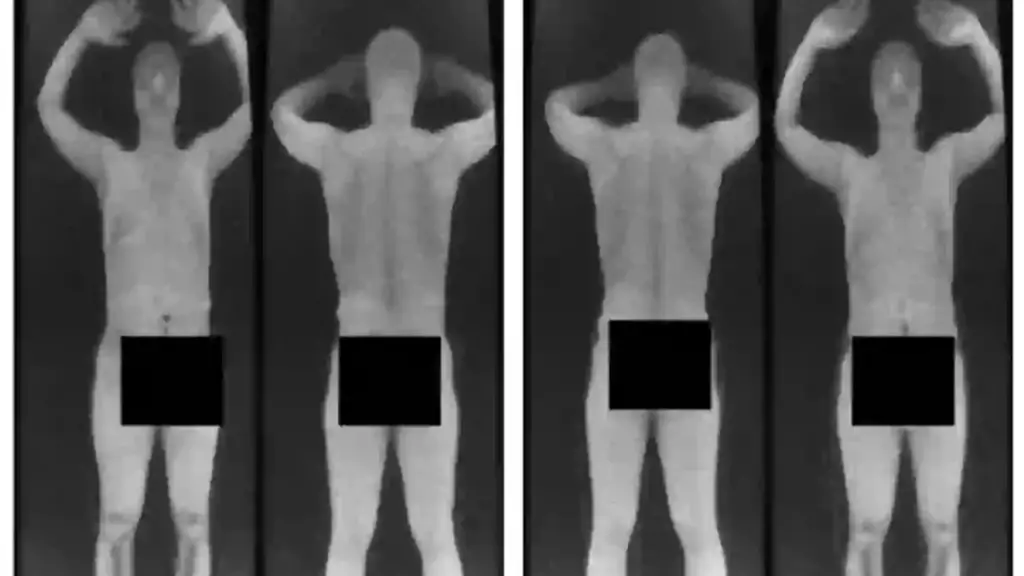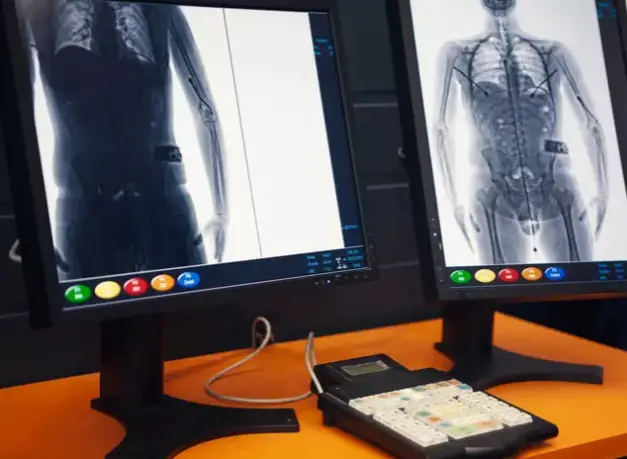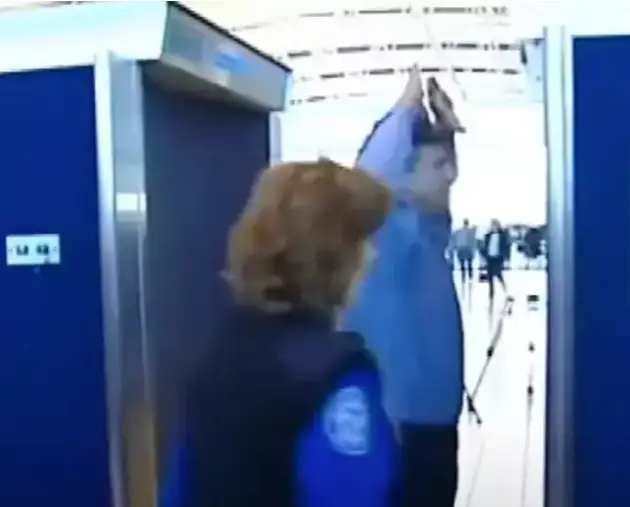Who doesn’t want to travel? Visiting different places and experiencing different cultures firsthand enriches the soul. However, waiting long hours at the airport can be tiring. With all those people rushing to get their flights, the long queues, and the pressure of flying, the entire experience of traveling can get overwhelming.
Another “issue,” until recently, were the body scanners. If you wonder why, this is the answer.
The full-body X-ray scanners that were once used at nearly every airport revealed “too much.”

The backscatter technology was introduced in 2009 after a failed underwear bombing when Transportation Security Administration (TSA) started using scanners capable of producing full-body X-ray images called ‘Rapiscan’ scanners.
The problem with these scanners was that passengers refused to go through them because they displayed a complete ‘nude’ X-ray of them. On top of that, they cost a lot of money, around $180,000 each. Around 174 scanners were placed at at least 30 airports across America.
The backlash over these airport X-ray scanners was obvious. So, TSA had to make the decision to remove them from the airports in 2013.
Although the ‘Rapiscan’ scanners are no longer in use in the US, people are still horrified when they think of them.
“I honestly thought X-ray meant you can only see the bones,” someone commented.
“Is this why I always get put aside?” another joked.
“Definitely tucking my junk next time through just to see if I get a reaction,” a third added.
“Imagine the TRAUMA the American TSA staff have to endure,” a fourth said.

TSA also provided an explanation as to why they terminated the contract with Rapiscan, writing, “Due to its inability to deploy non-imaging Automated Target Recognition (ATR) software by the Congressionally mandated June 2013 deadline, TSA has terminated part of its contract with Rapiscan.
“By June 2013 travellers will only see machines which have ATR that allow for faster throughput.”
TSA researcher and communication PhD, Shawna Malvini Redden, author of 101 Pat-Downs, explained that the scanners used nowadays “Now when passengers are scanned, the machines “are supposed to generate generic images of a body instead of the passenger’s unique image.”

He adds, “With millimeter wave machines that have the privacy software installed, TSOs are only seeing this outline with a green ‘clear’ or a red ‘stop and check’ signal.”
“If someone has something in their pockets, for instance, the machine will put an alarm note in the paper doll’s groin region so the officer knows generally where to search.”
Please SHARE this article with your family and friends on Facebook.
Bored Daddy
Love and Peace
